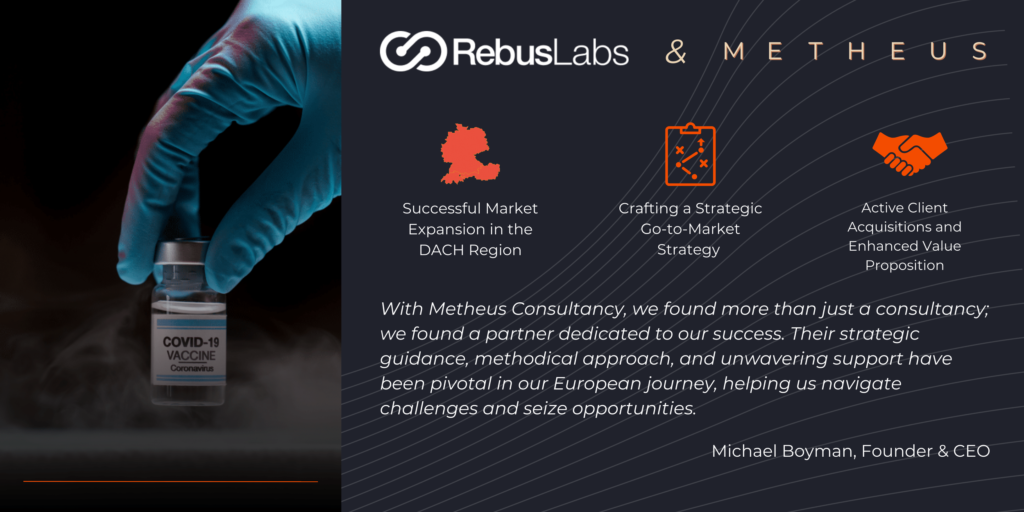Are you considering launching a new business or introducing a new product or service to the market? One of the most critical things to do is understanding the market. Over 40% of startups around the world are failing because of the wrong ideas gained about the market. Which is why conducting a market feasibility analysis is a critical step in determining the viability of your idea. In our last blog, we briefly discussed “The importance of market feasibility analysis in market expansion”. And now we’ll go through how to do a feasibility analysis.
A market feasibility analysis is a comprehensive process that involves researching and analyzing various factors related to the market, demand, supply, and external factors that impact your business. By conducting a market feasibility analysis, you can gain a better understanding of the market and make informed decisions about your business strategy.
Let’s look at the steps of conducting a market feasibility analysis:
1. Understand the Market
To make informed decisions about your business and increase your chances of success, gaining a comprehensive understanding of the market and determining whether there is a need for your product or service is critical. To understand the market, there are some topics to consider:
-
Define the Industry, Market, and Business: Start by clearly defining the industry, market, and business you are analyzing. This will help you focus your research efforts and ensure that you are collecting relevant data.
-
Identify the Characteristics of Your Target Market: This includes researching the market and analyzing data to determine factors such as market size, demographics, consumer behavior, and trends. You can gather this information through market research techniques such as surveys, interviews, and focus groups. You can also use market data businesses, national information or statistics agencies, and other resources related to the sector you’ve chosen.
-
Research the Market: Conduct research on the overall market to determine its size, growth potential, and trends. This will give you an idea about the need for your product or service and the potential competition you may face.
-
Analyze Data: Once you have gathered all the relevant data, it’s time to analyze it. Look for patterns, trends, and insights that can inform your business decisions. Identify any gaps in the market that your product or service can fill.
-
Determine Market Need: Based on your research and analysis, determine whether there is a need for your product or service in the market. If there is no need, you may need to adjust your offering or look for a different market.
-
Assess Competitors: Identify who your competitors are and assess their strengths, weaknesses, and market position. This will help you determine how to position your product or service and differentiate it from competitors.
-
Identify Potential Customers: Determine who your potential customers are and how to reach them. Develop a customer profile that includes their characteristics, behavior patterns, and preferences. This will help you develop targeted marketing strategies that resonate with your target audience.
2. Understand the demand
Conducting market research is the first step in understanding the demand for your product or service. This process involves several steps, starting with gaining a deep understanding of the market and the macroeconomic factors that may affect your business. These macroeconomic factors are the big-picture economic variables that impact an economy as a whole, such as inflation, interest rates, GDP, and employment rates.
The second step is to discover who your competitors are. This involves analyzing the strengths and weaknesses of your competitors, their pricing and distribution strategies, and their marketing tactics. By understanding your competitors, you can identify opportunities for differentiation and develop strategies to compete effectively in the market.
The final step in understanding the demand is to assess the potential size and growth of the market. This involves analyzing market trends, growth rates, and other factors that impact the size and growth of the market. You may evaluate whether or not there is a need for your product or service today and in the future by examining the potential size and growth of the market, as well as whether or not you can compete successfully in the market.
3. Estimate your supply capacity
Estimating your supply capacity includes determining the resources you have available to produce and distribute your product or service. The steps you need to follow to estimate your capacity is:
-
Assessing your current capacity: This includes analysing your current inventory levels, production capacity, and distribution channels. By understanding your current capacity, you can determine whether you have the resources necessary to meet the demands of your target market. For example, if you manufacture a physical product, you need to assess whether you have enough raw materials, manufacturing equipment, and labor to meet your production goals. On the other hand, for businesses that offer software or other digital products, assessing your current capacity may involve evaluating your server capacity, bandwidth, and other technical resources necessary to deliver your offering.
-
Determining your competitive advantage: To effectively compete in the market, you need to determine your competitive advantage, which could be a unique feature of your product or service or a specific target market that you are serving. By understanding your competitive advantage, you can develop a strategy that differentiates your business from the competition and positions you for success.
-
Assessing the cost of production and potential profit margins: Once you have determined your supply capacity and competitive advantage, you need to assess the cost of producing and distributing your product or service. This includes analyzing the cost of materials, labor, overhead, and other expenses associated with producing and delivering your offering. You can estimate your prospective profit margins and ensure that you are pricing your product or service competitively by analysing your cost structure.
4. Analyzing demand and supply factors
This step involves assessing the external factors that impact your business and its target market(s), such as changes in technology, shifts in the economy, political and regulatory changes, and social and cultural trends. To understand all factors included the steps to follow include:
-
Understanding the regulatory landscape: Regulations can vary widely by industry and jurisdiction and can have a significant impact on the viability and profitability of a business. For example, certain industries may require permits or licenses to operate, or they may be subject to environmental regulations or safety standards.
-
Identifying potential risks and challenges: Risks can include financial risks, such as high production costs or limited access to capital, or operational risks, such as supply chain disruptions or unexpected competition. By identifying potential risks and challenges, businesses can develop contingency plans to mitigate these risks and ensure the long-term viability of their business.
5. Plan and test your strategy
After understanding the market, demand, and supply capacity, the next step is to plan and test your strategy. This involves developing a targeted marketing strategy that resonates with your customers and positions your business as a viable solution to their needs. It also includes assessing your competitive advantages, determining pricing and distribution strategies, and identifying marketing tactics that will best reach your target audience.
The strategy planning process is critical, as it helps businesses make informed decisions about their offerings and set a course for success. By mapping out a business plan, you can identify potential barriers to entry and develop contingency plans to mitigate risks. It should include how much it costs to operate, how much you anticipate selling, who would buy your product or service and why.
Additionally, testing your strategy is crucial for assessing the viability of your business idea or product in a real-world setting. This can be done through market testing, such as pilot programs or focus groups, to gather feedback from potential customers and identify areas for improvement. By testing your strategy, you can refine your approach and better understand the potential success of your business idea.
It involves a systematic approach that considers various factors such as market demand, supply capacity, competition, regulatory environment, and potential risks and challenges. By following the steps outlined in this blog, you can create a comprehensive business strategy that will increase your chances of success. Remember to continuously evaluate and adjust your strategy as your business evolves and external factors change.
Metheus Consultancy’s experienced consultants can assist you perform market research, analyse demand and supply aspects, estimate supply capacity, and design a sound business plan. Reach out to us now to find out how we can help you reach your business goals!





